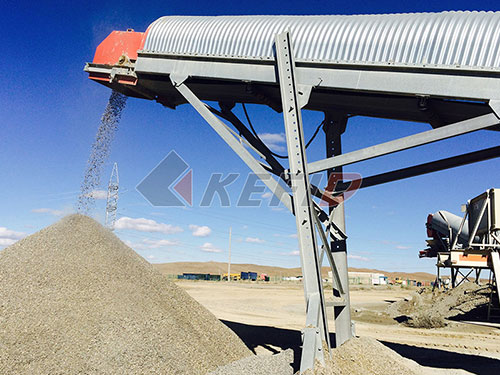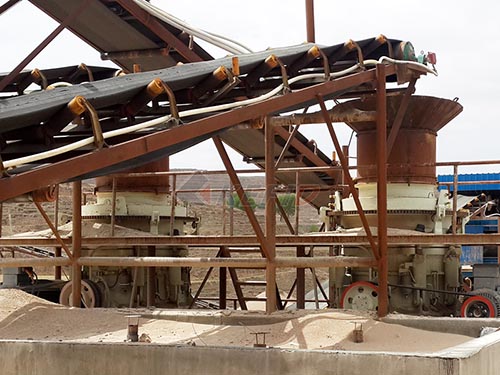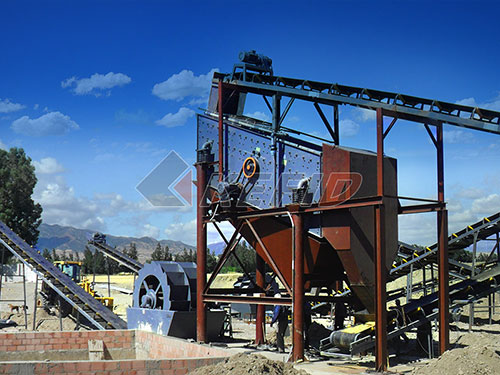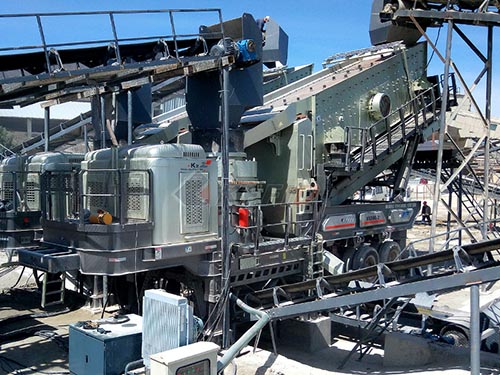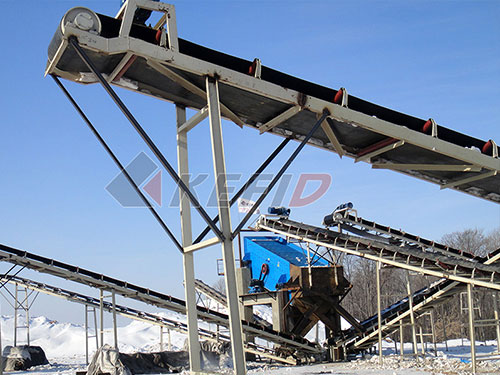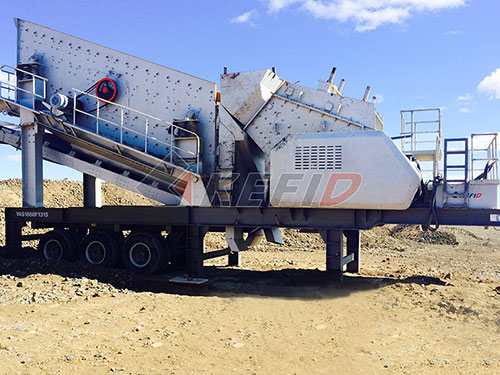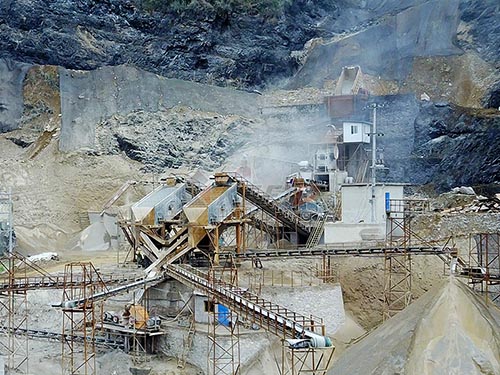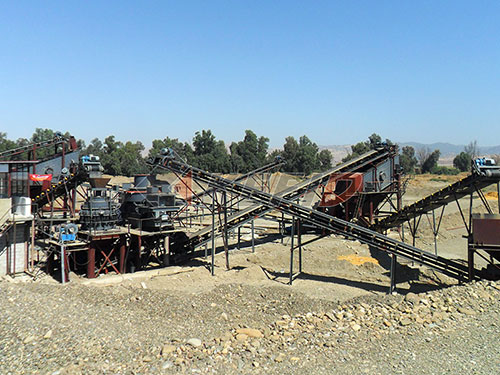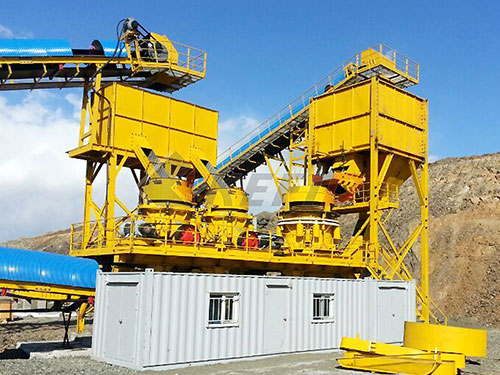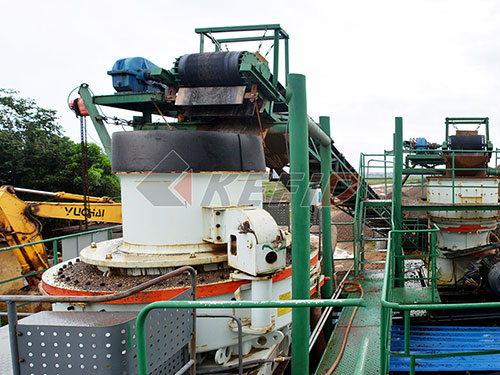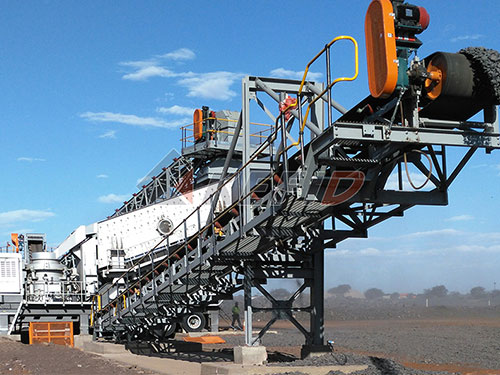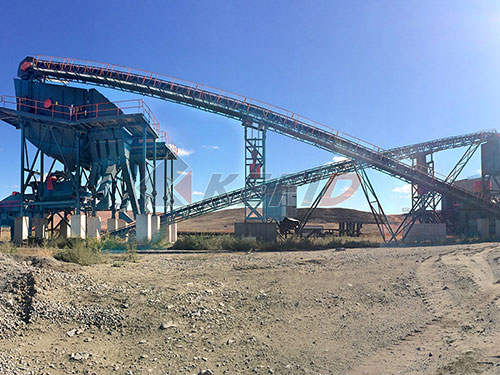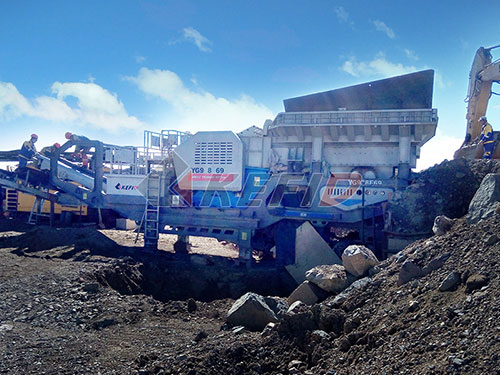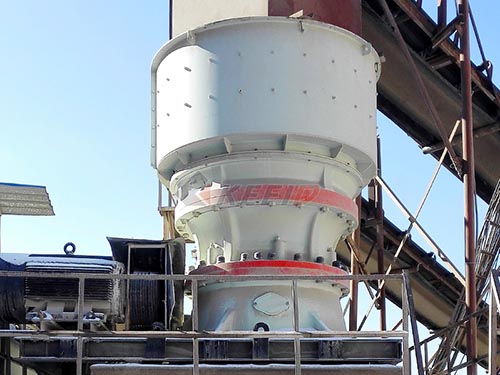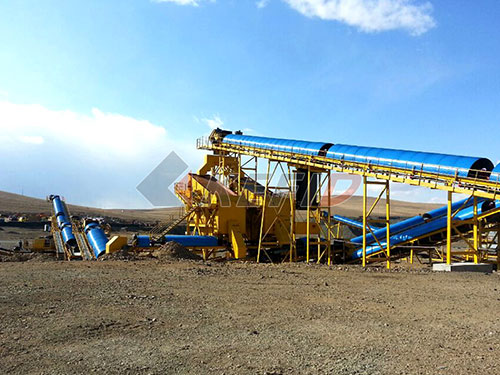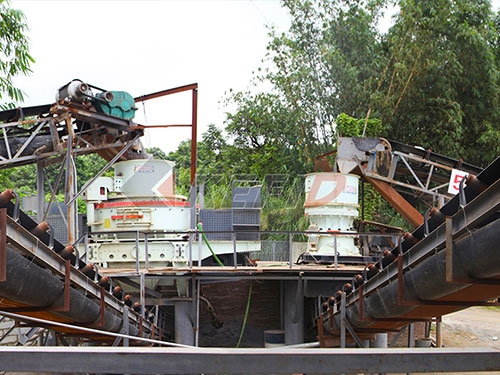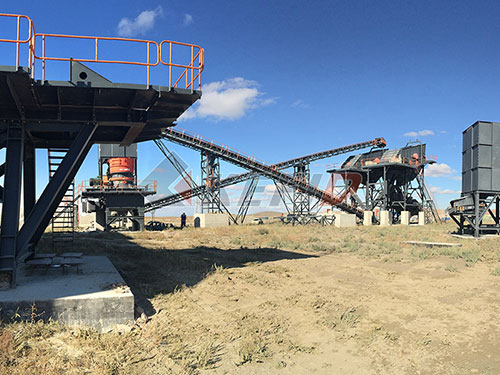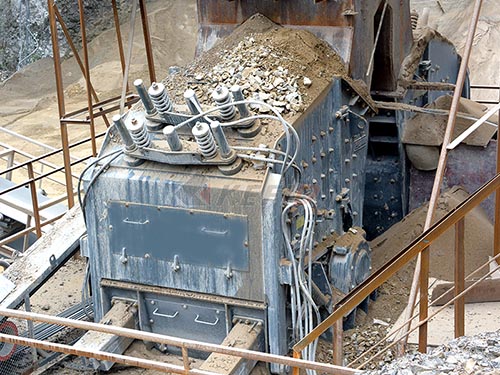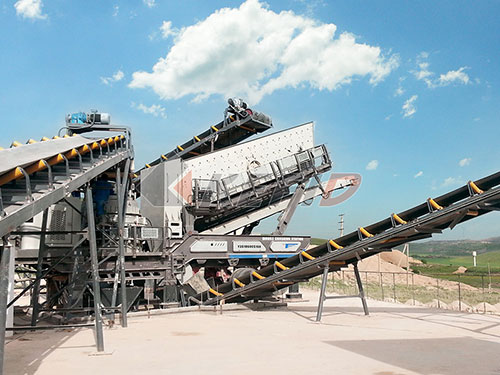Unlock Versatility & Power: The Screen Machine 4043T Tracked Impact Crusher for Sale
In the demanding world of aggregate production, concrete recycling, asphalt reclamation, and site clearance projects, mobility and high-performance crushing are non-negotiable. If you’re seeking a robust solution that delivers exceptional power while offering unparalleled on-site maneuverability, the Screen Machine 4043T Tracked Impact Crusher stands out as a premier choice currently available for sale.
Engineered for Dominance & Mobility
The 4043T isn’t just another crusher; it’s a complete portable processing plant mounted on rugged tracks designed to conquer challenging terrain where stationary plants simply cannot go.
Impressive Crushing Capacity: Powered by a substantial Tier IV Final CAT® C9 ACERT diesel engine (or equivalent), the 4043T generates ample horsepower to drive its massive 43” x 43” (1,092mm x 1,092mm) horizontal shaft impactor. This translates into throughput capacities of up to 350 tons per hour, efficiently processing materials like concrete rubble, asphalt shingles, bricks, natural rock up to medium hardness.
True Mobility & Fast Setup: Its heavy-duty tracked undercarriage provides exceptional ground clearance and enables easy transport between sites without permits typically needed for oversized loads (check local regulations). Once on location, setup is remarkably quick – operators can be crushing within minutes of arrival.
Advanced Impact Crushing Technology: The Andreas-style impactor features:
Solid Rotor Construction: Ensures durability and consistent performance under heavy loads.
Adjustable Aprons: Three hydraulically adjustable aprons allow precise control over product size gradation without needing tools.
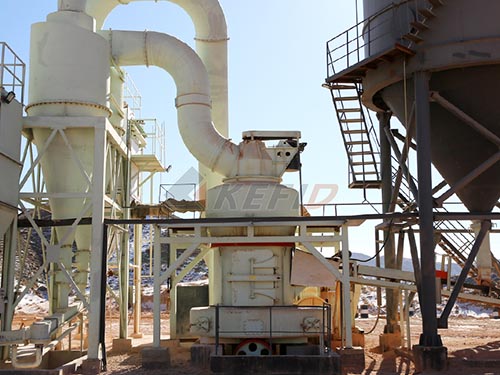
Large Feed Opening: Accommodates bulky feed material efficiently.
Heavy-Duty Blow Bars: Engineered for maximum wear life and impact efficiency.
Designed for Operator Efficiency & Productivity
Beyond raw power and mobility, the 4043T incorporates thoughtful features enhancing daily operation:
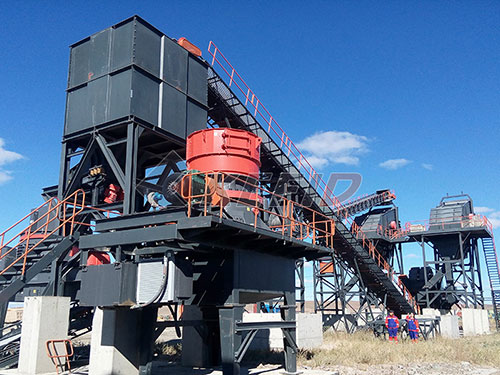
Large Feed Hopper with Folding Wings: Simplifies loading from wheel loaders or excavators.
Vibrating Grizzly Feeder: Includes an integrated pre-screen scalping section that removes fines before crushing improves efficiency reduces wear on the impact chamber.
Integrated Product Conveyor: A wide discharge conveyor stockpiles crushed material effectively adjustable height radial stacking capability maximizes stockpile volume.
Remote

